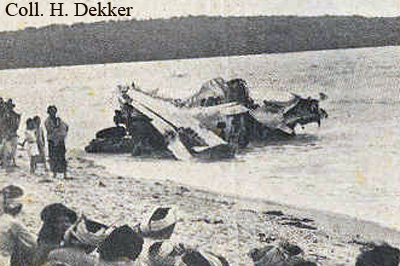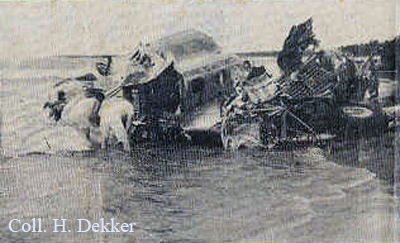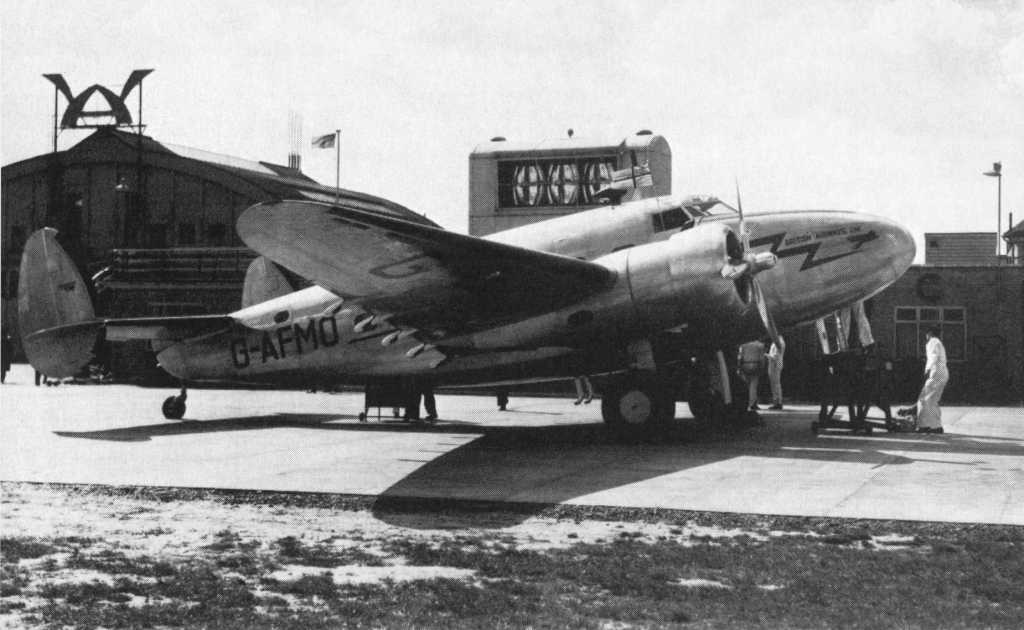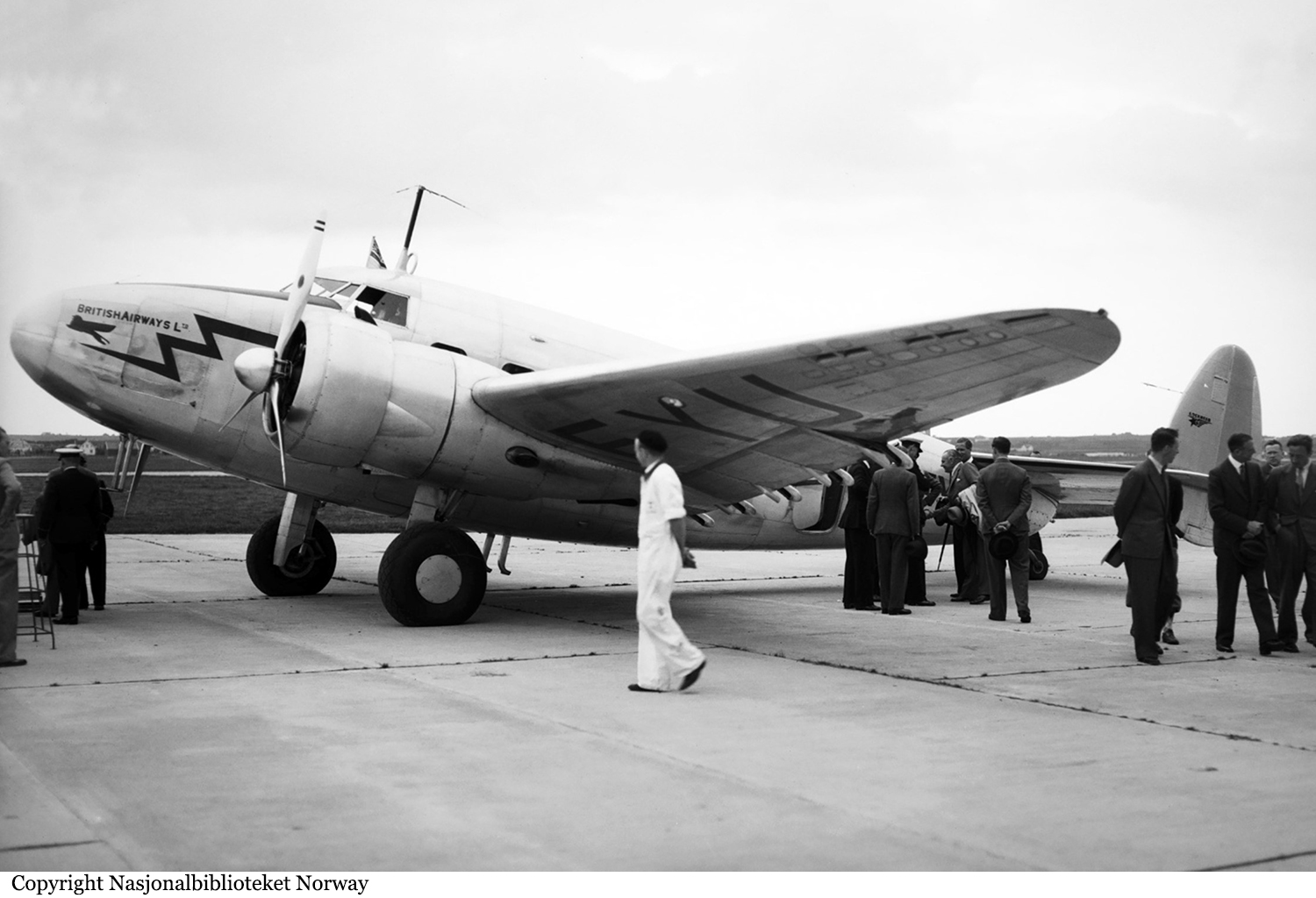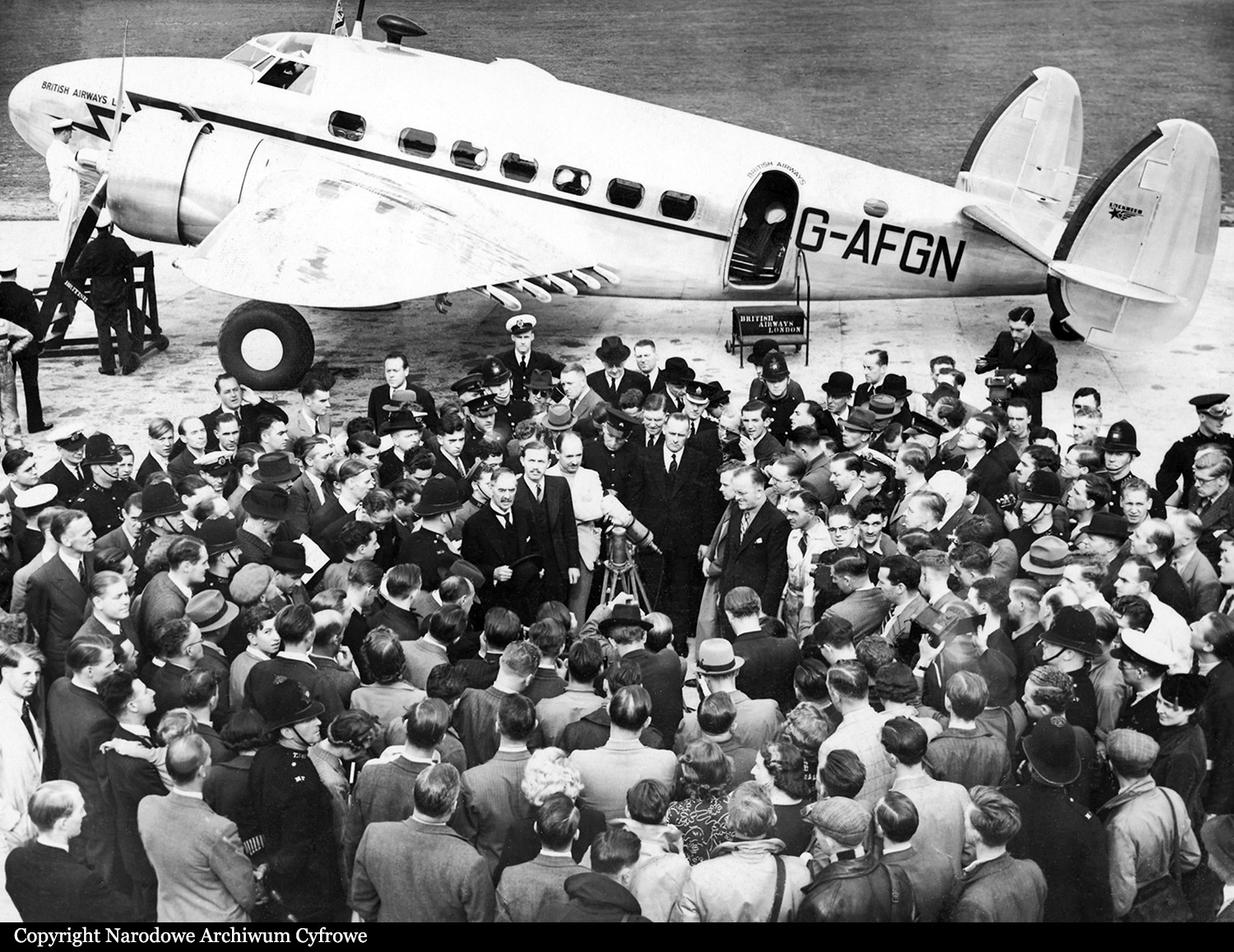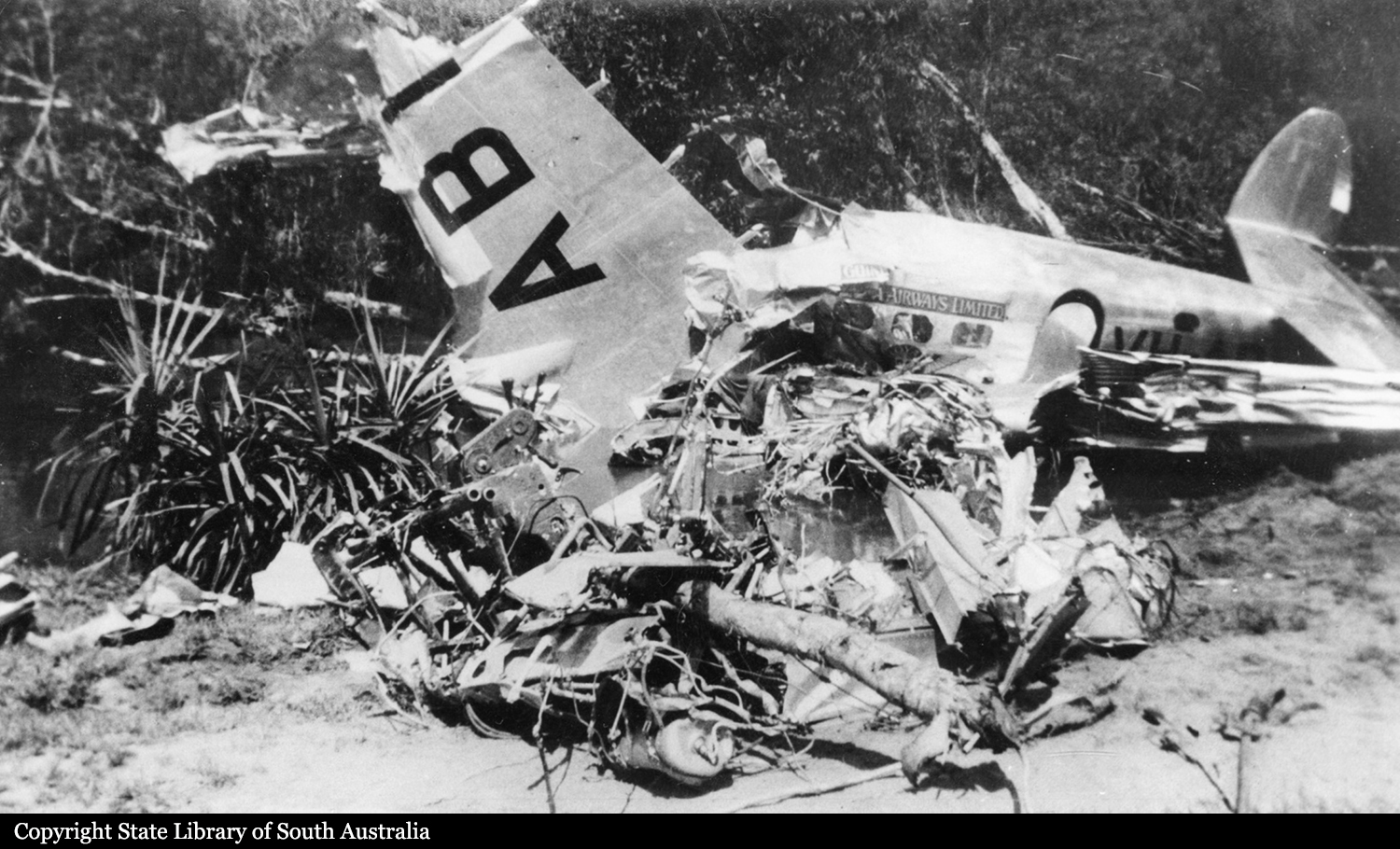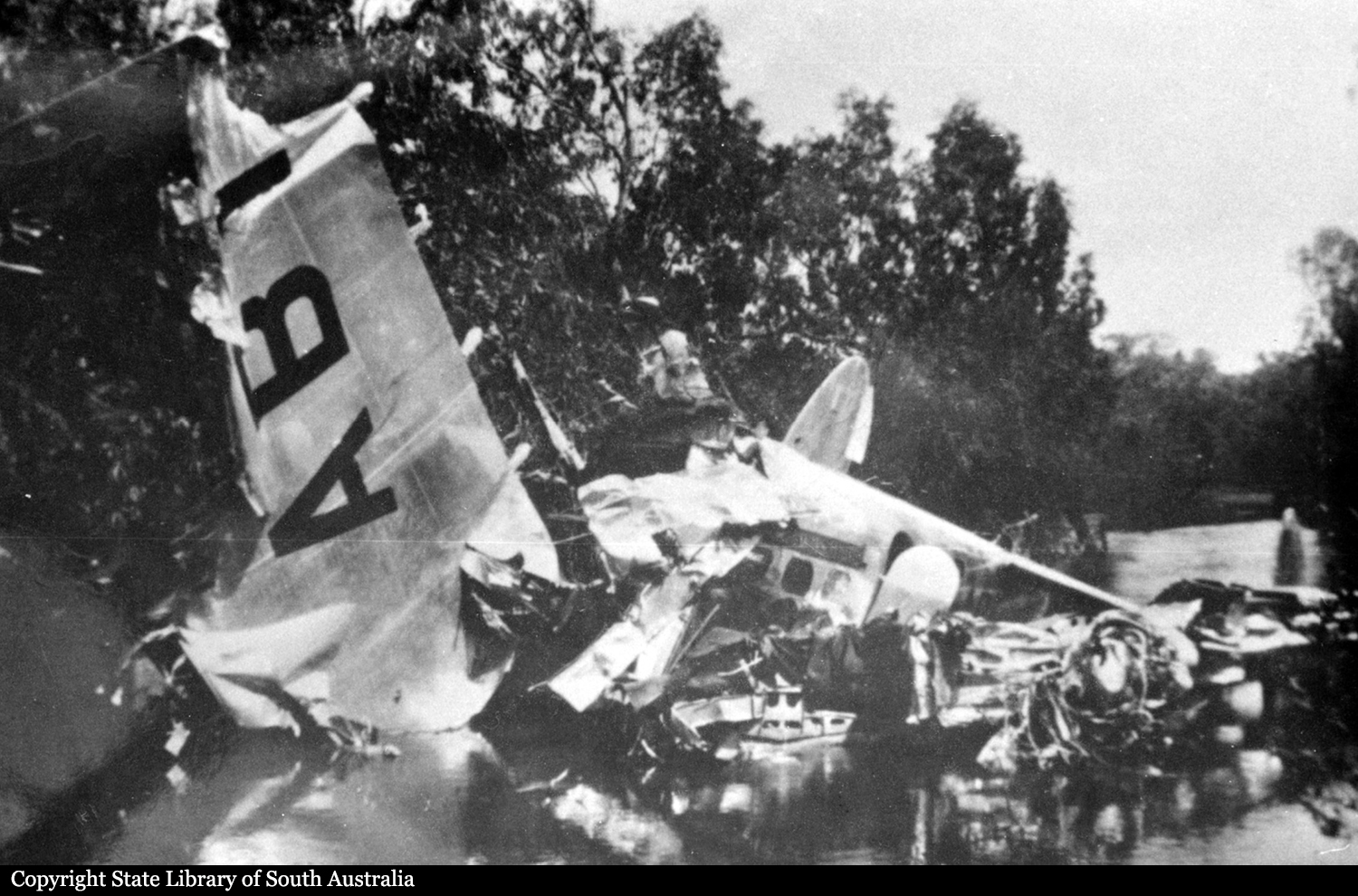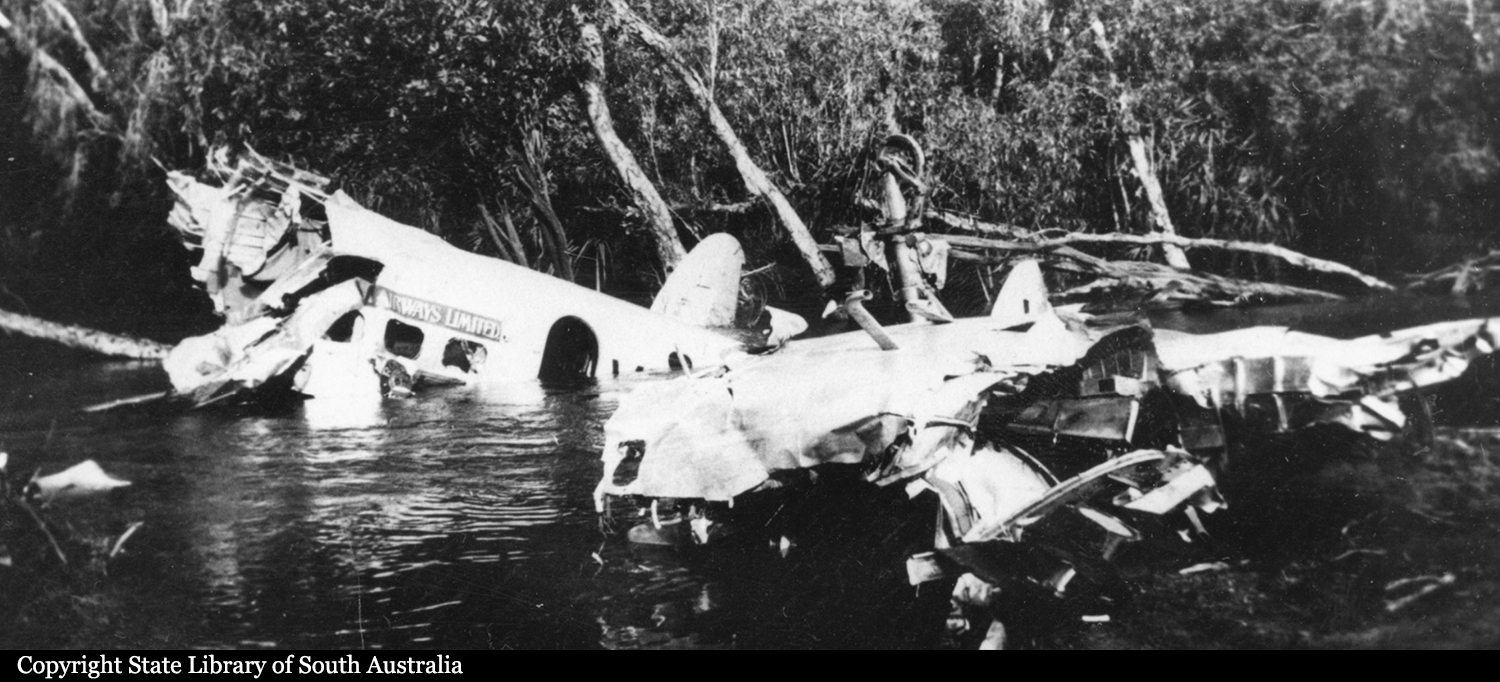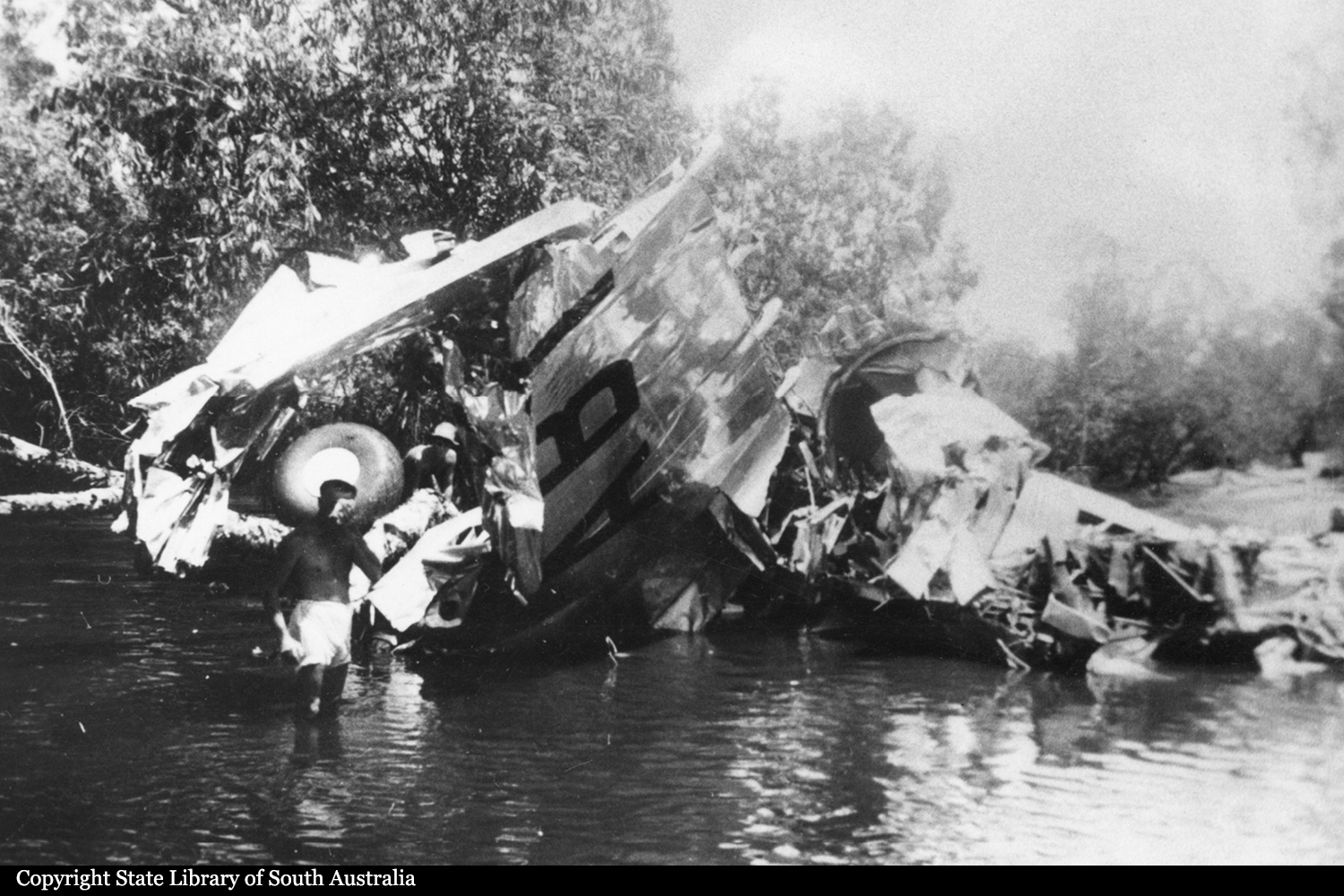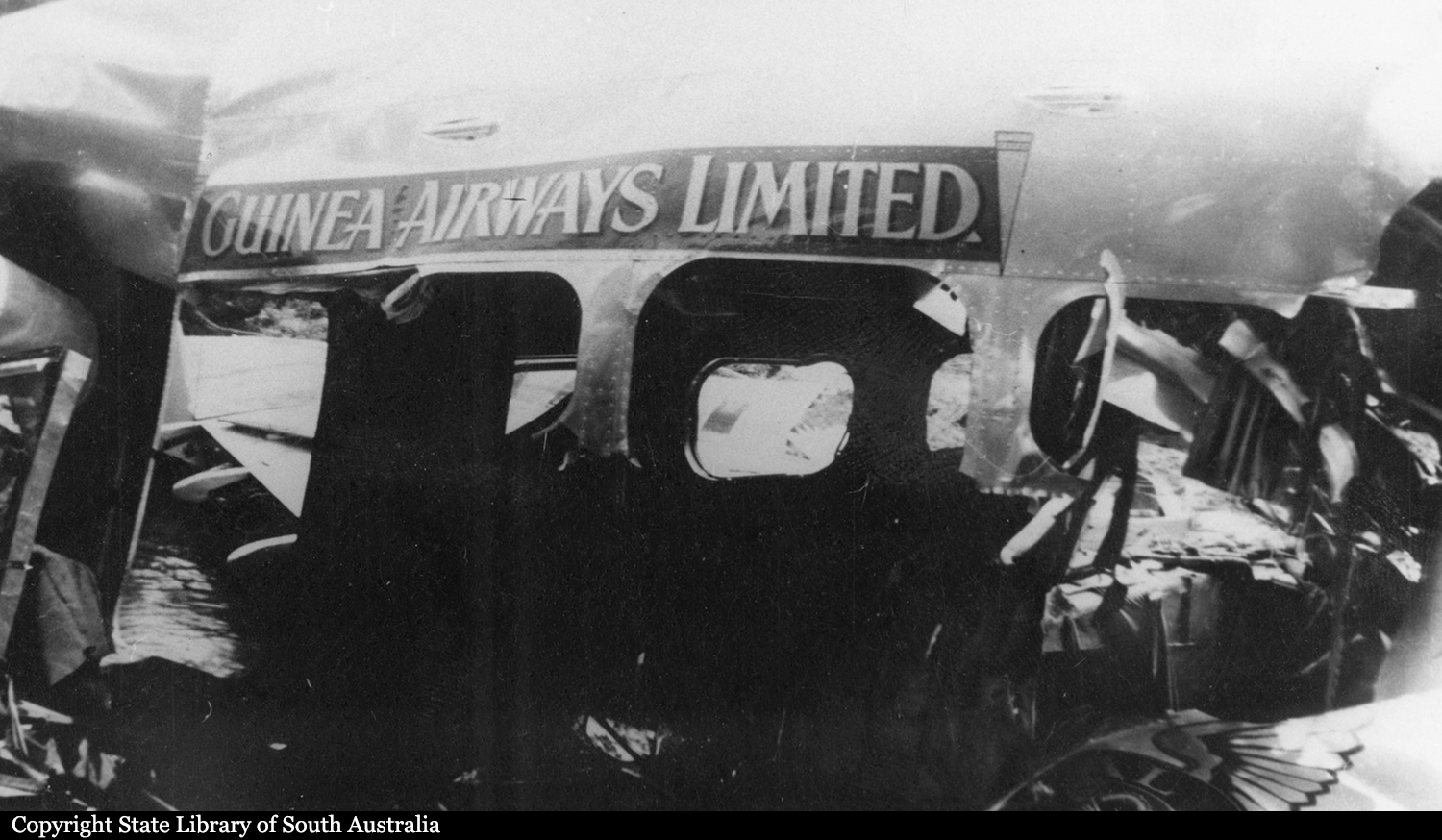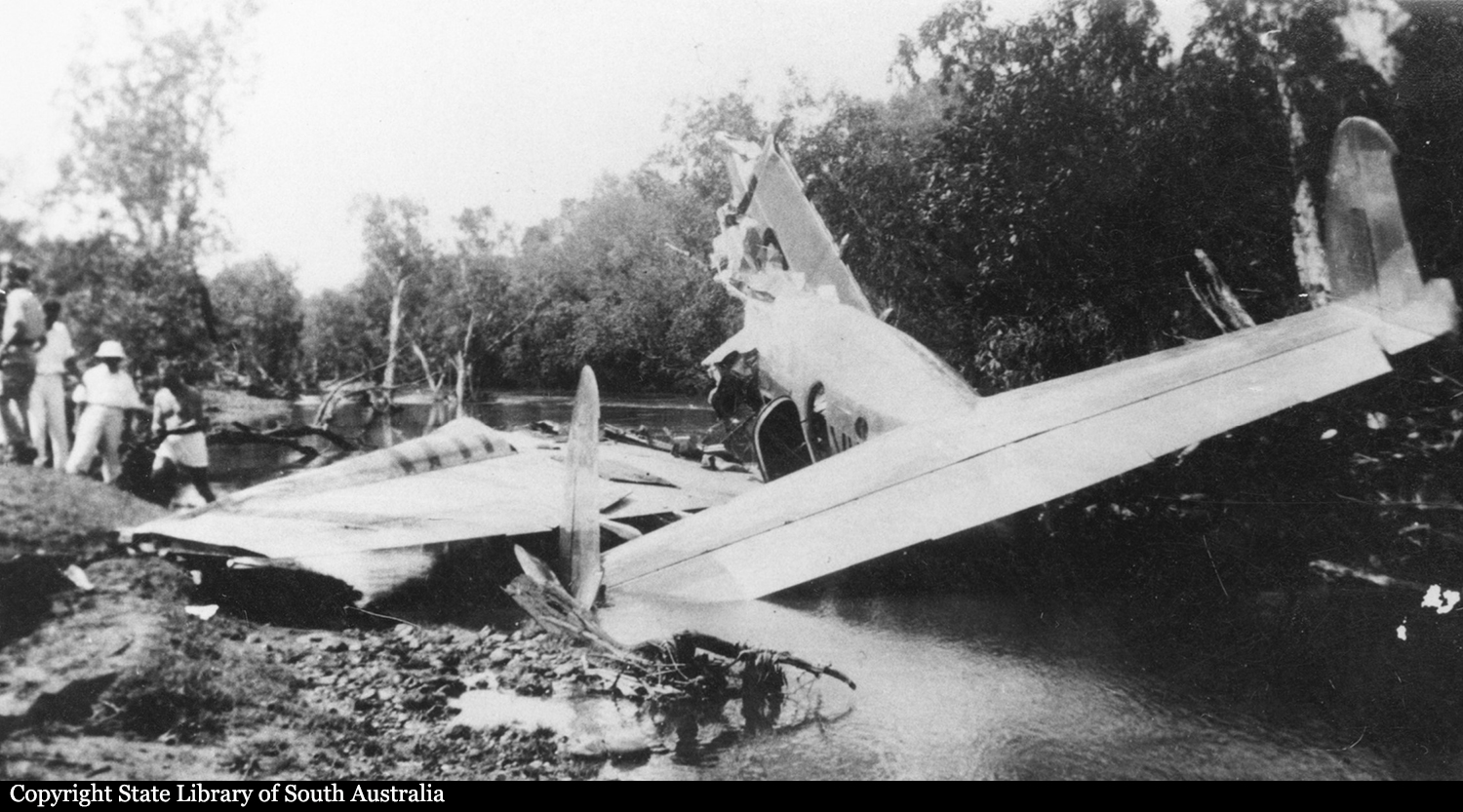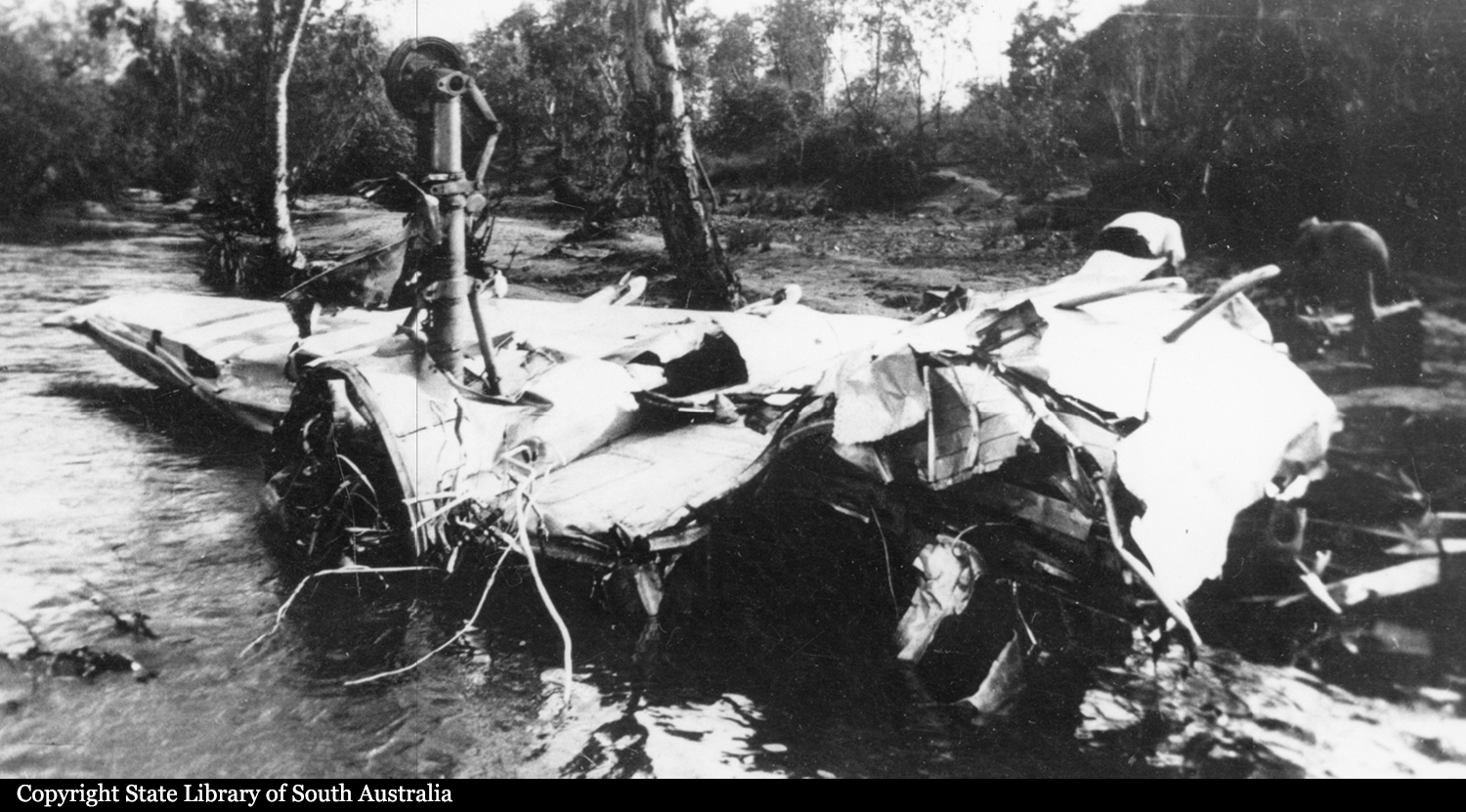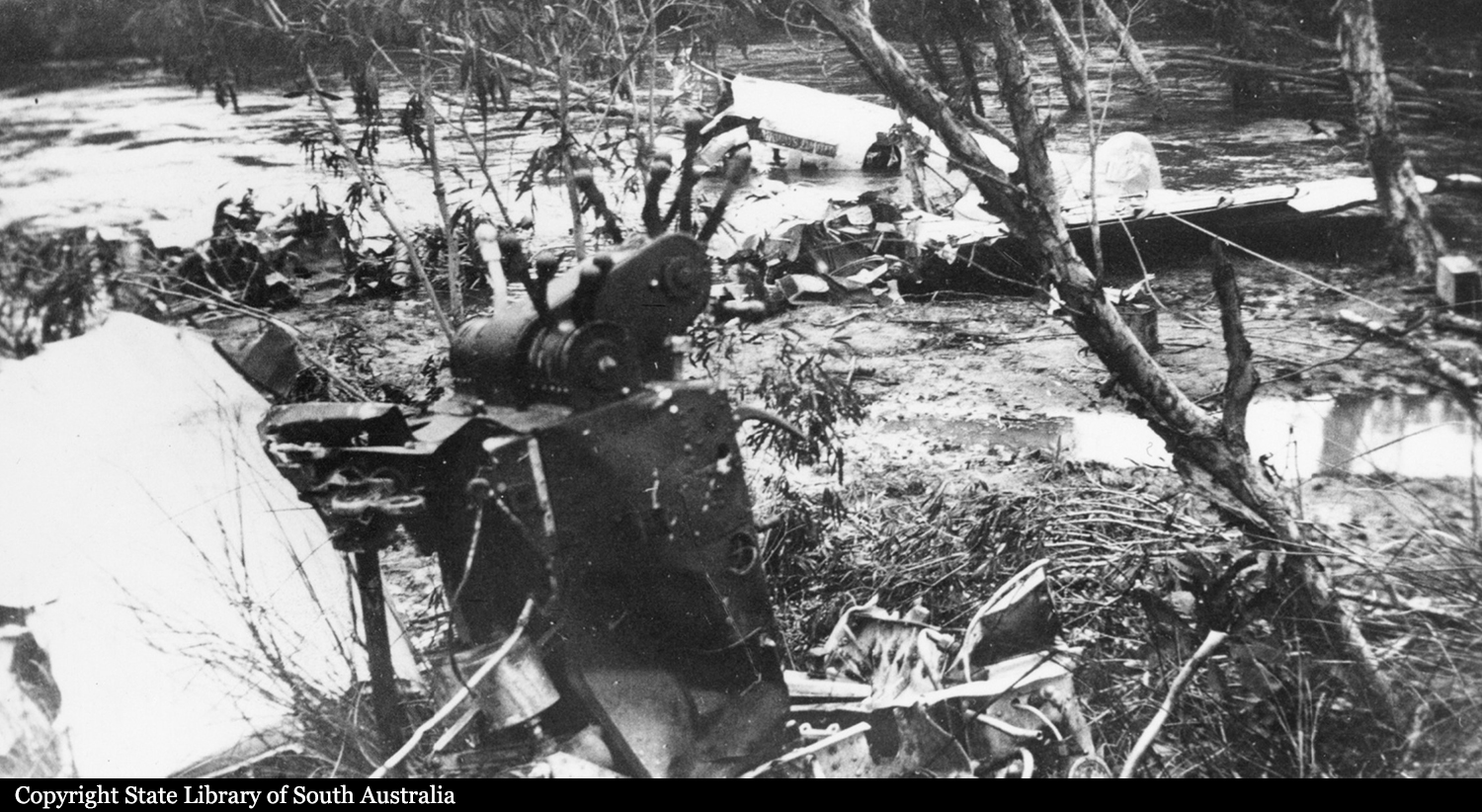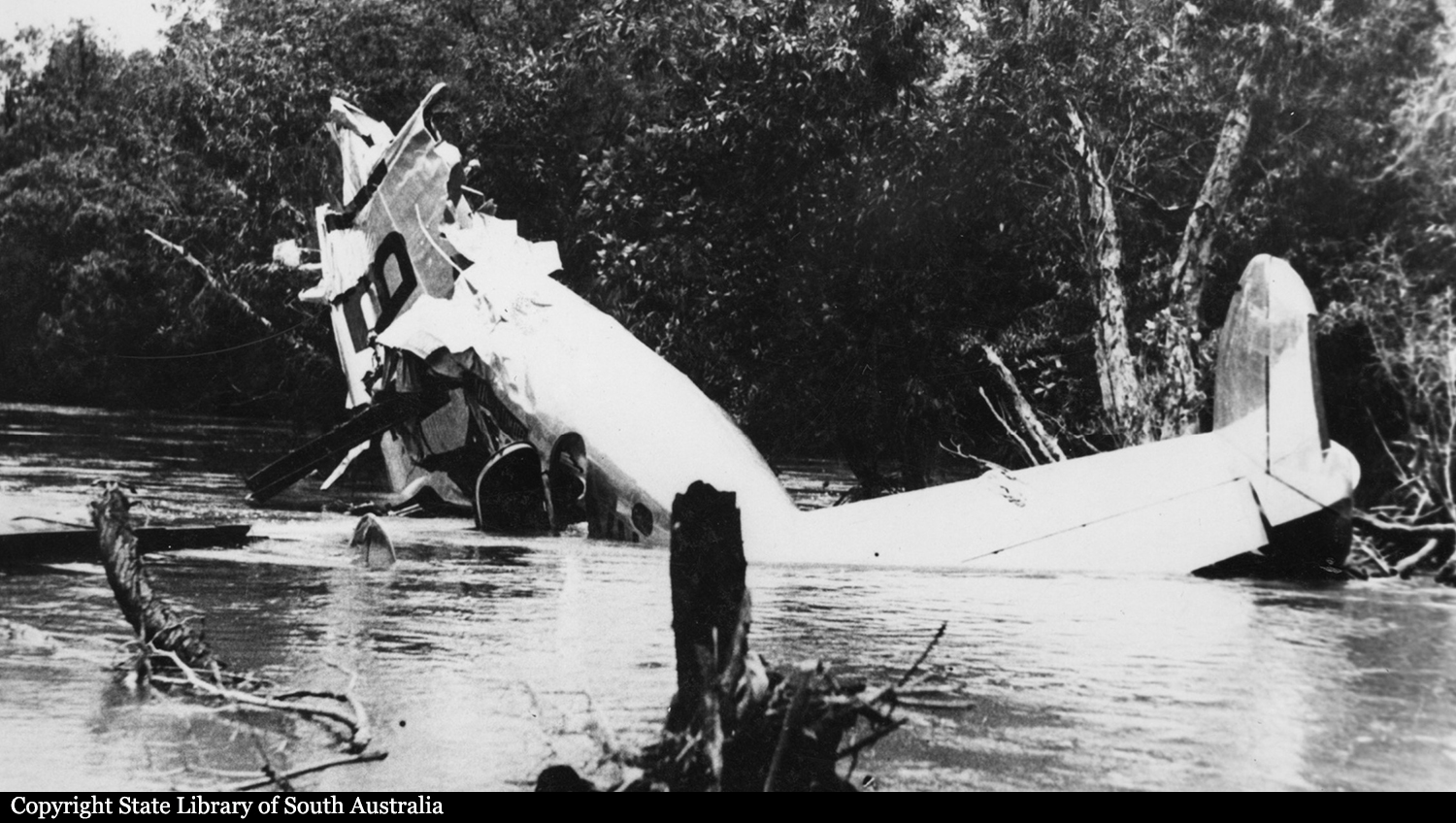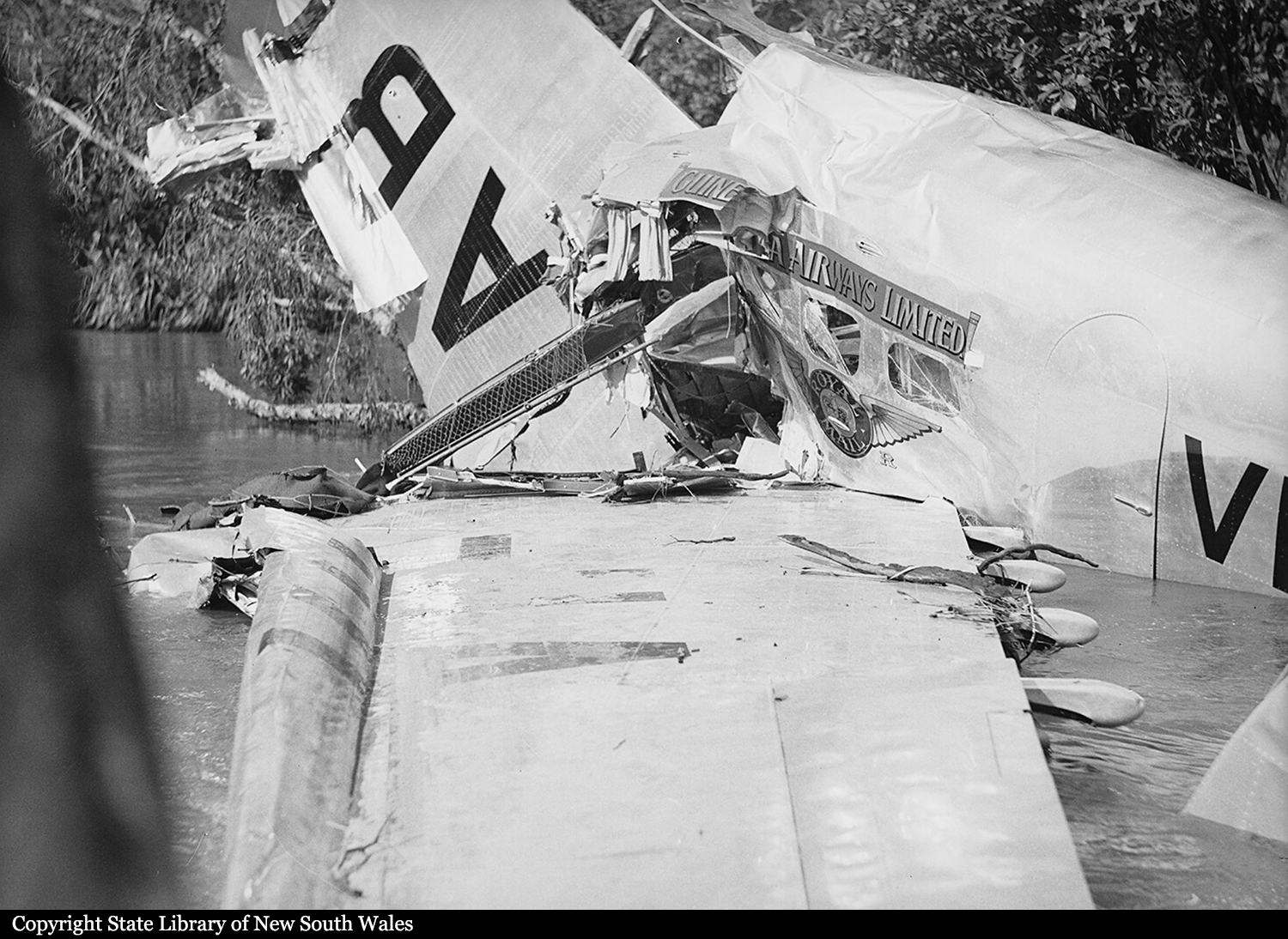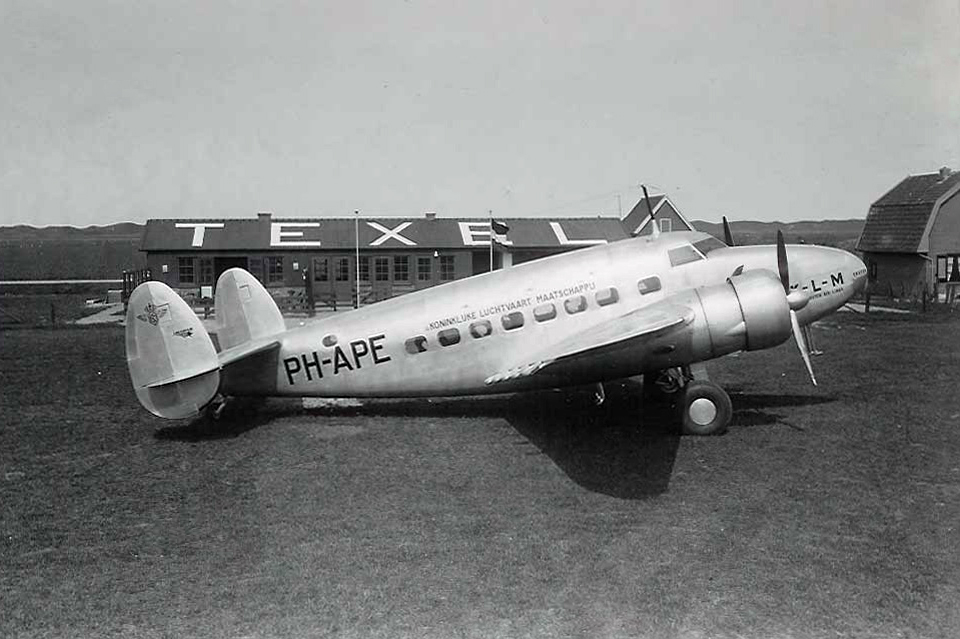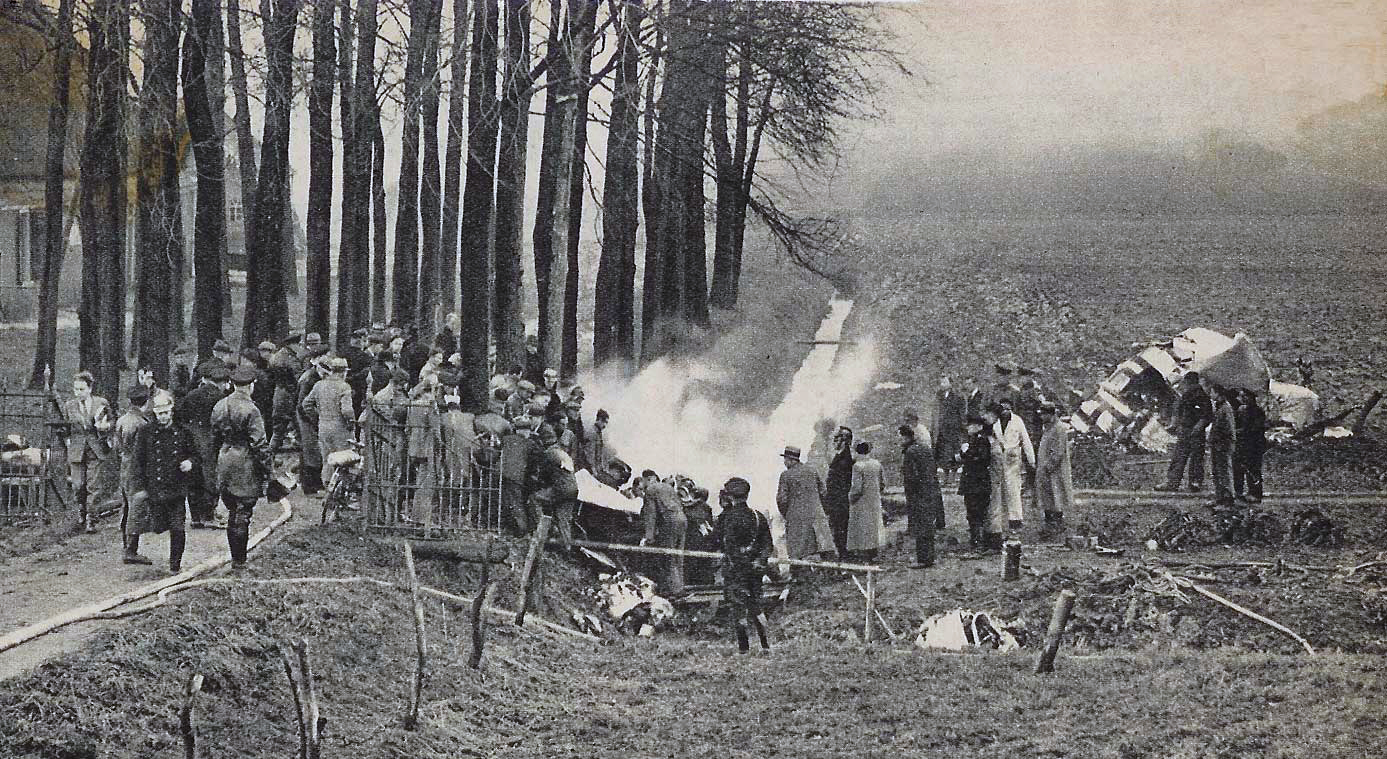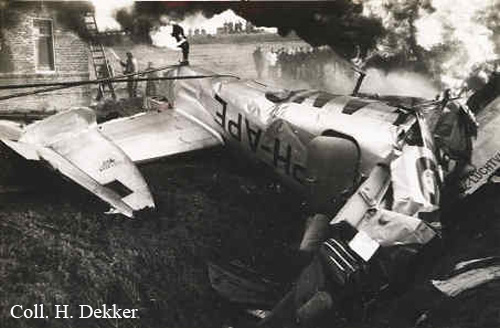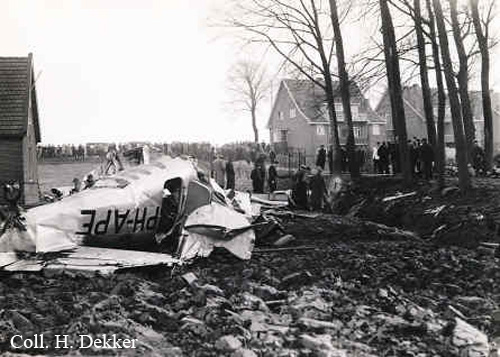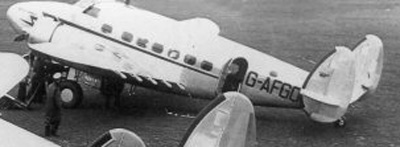Crash of a Lockheed 14-WF62 Super Electra off Denpasar: 8 killed
Date & Time:
Jan 22, 1940
Registration:
PK-AFO
Survivors:
Yes
Schedule:
Batavia – Denpasar – Kupang – Darwin – Sydney
MSN:
1415
YOM:
1938
Crew on board:
4
Crew fatalities:
Pax on board:
5
Pax fatalities:
Other fatalities:
Total fatalities:
8
Circumstances:
Shortly after take off from Denpasar Airport, while climbing to a height of some 100 metres, the captain initiated a turn to the left when he lost control of the aircraft that plunged into the sea, close to the beach. While the engineer was seriously injured, all eight other occupants were killed. The aircraft was completely wrecked while hitting the water surface.
Crew:
J. J. Schott, pilot, †
D. H. Janzee, copilot, †
Mr. Van't Riet, engineer,
Mr. Van Ende, radio operator. †
Passengers:
Mr. Harper, †
Mr. Johnston, †
Mr. Kanji, †
Mr. Learayd, †
Mr. Mijnlief. †
Crew:
J. J. Schott, pilot, †
D. H. Janzee, copilot, †
Mr. Van't Riet, engineer,
Mr. Van Ende, radio operator. †
Passengers:
Mr. Harper, †
Mr. Johnston, †
Mr. Kanji, †
Mr. Learayd, †
Mr. Mijnlief. †
